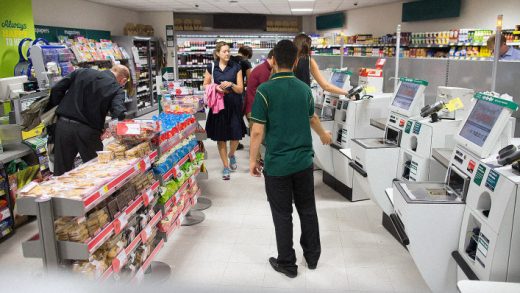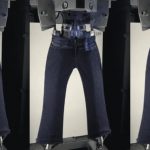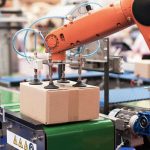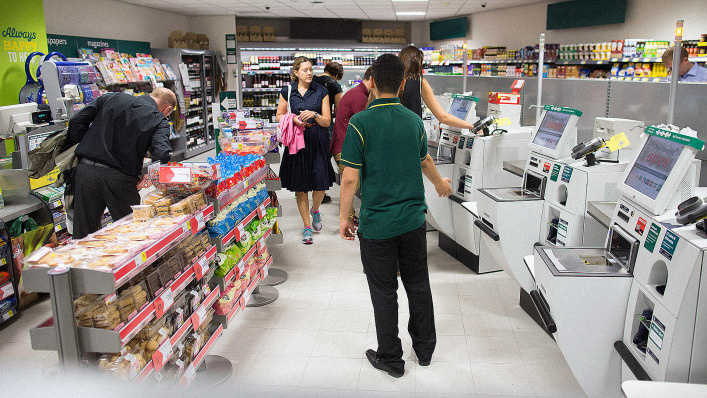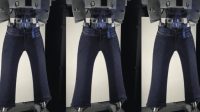Work In Retail? There’s A Robot Getting Ready To Take Your Job
As retailers install self-checkout systems, proximity beacons that flash offers to shoppers’ phones, and invest in robots that replenish shelves, they’re likely to need fewer and fewer workers in the coming decade. A new analysis finds that up to 7.5 million jobs are at risk in U.S. retail, with women and rural areas particularly affected.
The last two years has seen a string of retail bankruptcies and store closures, with once storied names like J.C. Penney, RadioShack, Macy’s, and Sears under pressure as never before. Now analysts say retailers are likely to turn to automation as they try to end the so-called “Great Retail Apocalypse.”
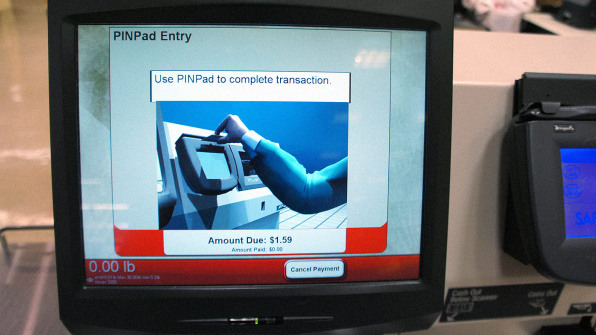
“Labor productivity has been stagnant in the retail industry for a long time and now we’re seeing minimum wage increases around the country and a tight labor market that’s forcing up wages,” says John Wilson, head of research at Cornerstone Capital, a financial services firm that focuses on sustainable investing. “That’s putting pressure on companies to solve these problems at a time when a lot of these technologies are coming into play.”
The research was commissioned by Investor Responsibility Research Center Institute, a nonprofit group, and prepared by Cornerstone Capital. The job loss estimates are based on well-known research from Oxford University and figures from the U.S. Bureau of Labor Statistics. The U.S. retail industry employs about 10% of the total workforce.
Wilson says cashiers–74% of whom are women–are likely to the first overtaken by the automation wave. Also likely to be affected are retail salespeople, who may not be needed as shoppers increasingly consult their phones for information about sizes, colors, and availability. “Smartphones have all kinds of information about the products you want to buy, so the need for salespeople is considerably less,” he says.
For example, Bloomingdale’s has tested smart fitting rooms with wall-mounted tablets allowing customers to scan items and view other colors and sizes and receive recommendations to “complete the look.” Home Depot says four self-checkout systems occupy the space of three normal aisles and obviate the need for two human cashiers. Amazon’s Go concept stores have no cashiers at all, enabling shoppers to pay for everything through their phones.
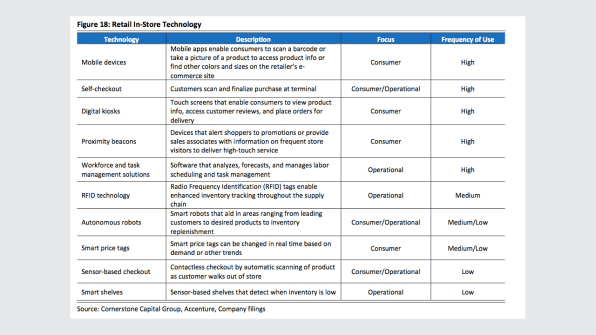
Worryingly, the report says automation could affect areas where unemployment is already higher than the national average. “WalMart and other large retailers have greater market share in communities with less than 500,000 people,” it says. “If employment trends correlate to market share location, retail automation by retailers could disproportionately impact these smaller communities.”
Wilson cautions retailers against going all in for convenience at the expense of retail experience, lest they simply become higher cost versions of online stores. “If the technology simply allows you to reduce costs by reducing the number of employees, that may not be a winning strategy,” he says. “They [may need] to create an experience. You go into the store and it’s fun. You have a relationship with the people who work there and you’re discovering new products. Most companies are headed in that direction and that requires an investment in both labor and technology.”
Cashiers–74% of whom are women–are likely to be the first to be overtaken by the automation wave.
As retailers install self-checkout systems, proximity beacons that flash offers to shoppers’ phones, and invest in robots that replenish shelves, they’re likely to need fewer and fewer workers in the coming decade. A new analysis finds that up to 7.5 million jobs are at risk in U.S. retail, with women and rural areas particularly affected.
Fast Company , Read Full Story
(28)

